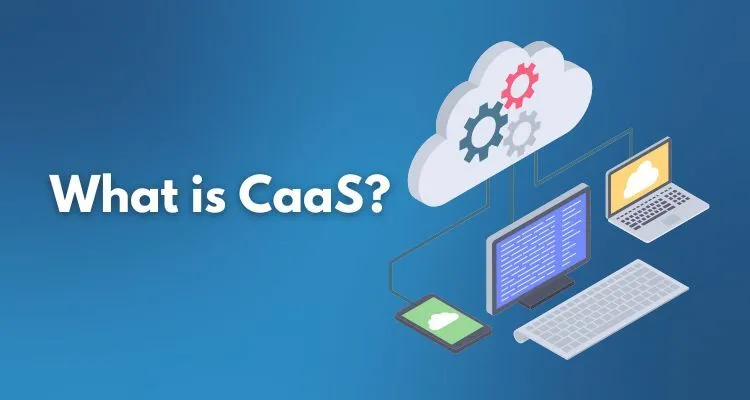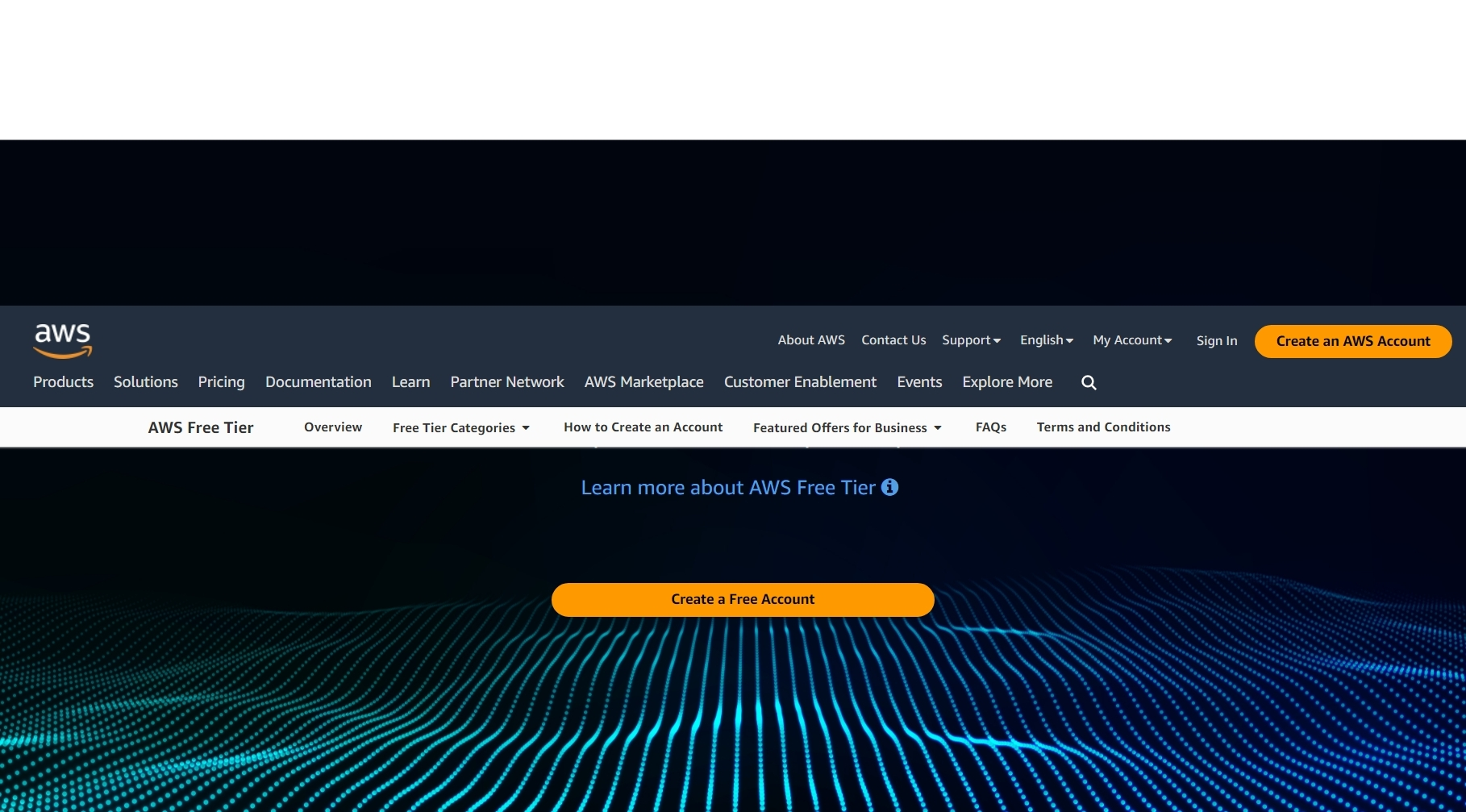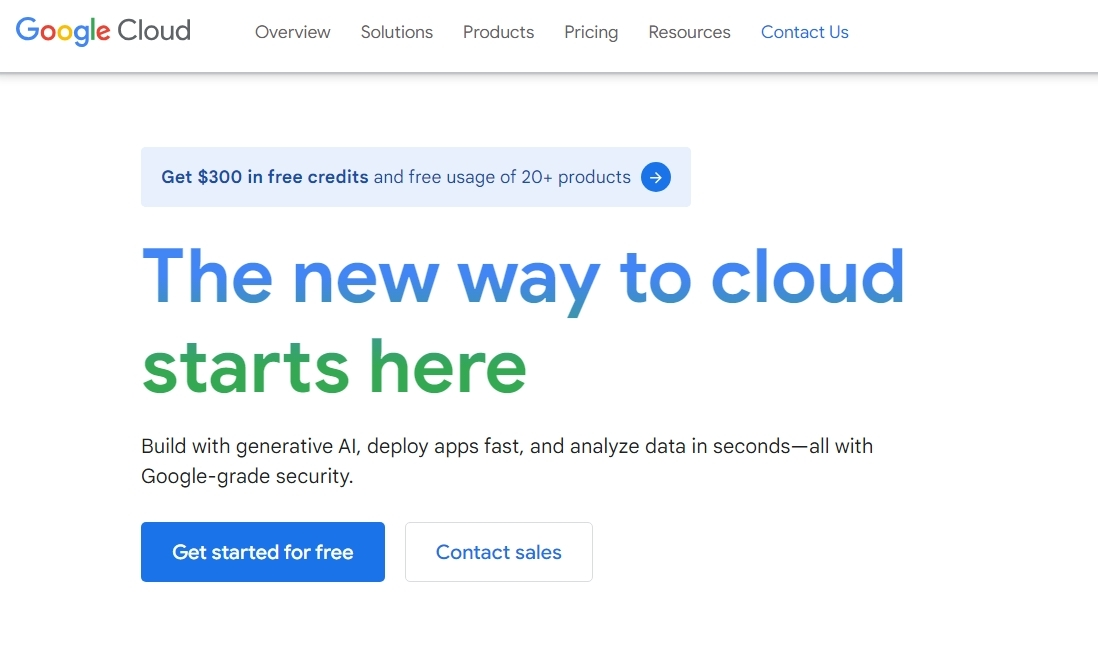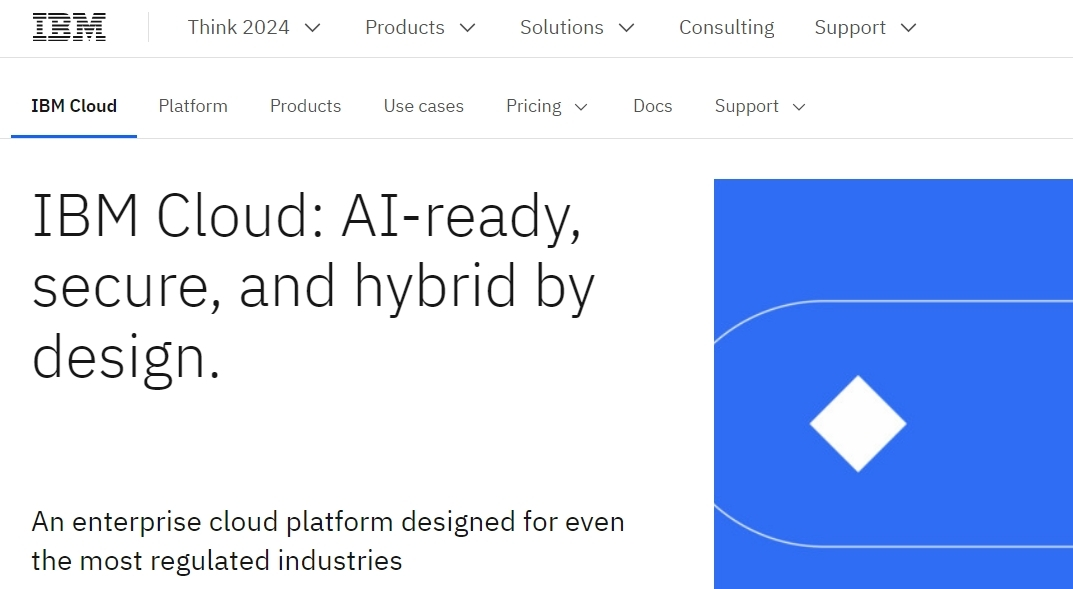- Home
- -Blog
What is CaaS? Understanding Containers as a Service

- 23 May 2024
- Admin
What Is CaaS?
Brief Explanation of CaaS (Containers as a Service)
Containers as a Service (CaaS) is a cloud service model that enables users to manage and deploy containerized applications and clusters. It provides a platform where users can use container-based virtualization to streamline the development deployment and scaling of applications. CaaS platforms typically offer features like container orchestration, networking, security, and integration with other cloud services. Major providers of CaaS include AWS, Google Cloud Platform, and Microsoft Azure.
Importance in Modern Cloud Computing
CaaS plays a crucial role by offering a flexible and efficient way to manage applications. It allows businesses to focus on application development without worrying about the underlying infrastructure. With the ability to automate and scale container deployments, CaaS enhances productivity and operational efficiency. This service model supports DevOps practices and helps in the rapid development and deployment of applications, making it essential for organizations aiming to stay competitive in a fast-paced digital world.
Understanding CaaS
Definition and Overview
Containers as a Service (CaaS) is a cloud service model that provides a platform for users to manage and deploy containerized applications and clusters. This model leverages container-based virtualization to offer a flexible and efficient way to handle application lifecycle management. With CaaS, businesses can automate container orchestration, networking, and scaling, allowing them to focus on developing applications rather than managing infrastructure. It is a subset of the broader cloud service models like Infrastructure as a Service (IaaS) and Platform as a Service (PaaS).
Key Components
Container Runtime: The container runtime is responsible for running containers on the host system. It includes the necessary components to execute containerized applications. Popular container runtimes include Docker, containerd, and CRI-O.
Orchestration: Container orchestration tools automate the deployment, management, scaling, and networking of containers. These tools ensure that containers are efficiently distributed across the underlying infrastructure. Kubernetes, Docker Swarm, and Apache Mesos are commonly used orchestration platforms.
Registries: Container registries are centralized repositories where container images are stored, managed, and distributed. They enable users to share containerized applications and their dependencies easily. Examples of container registries include Docker Hub, Google Container Registry, and Amazon Elastic Container Registry.
Monitoring and Logging Tools: Monitoring and logging tools are crucial for tracking the performance and health of containerized applications. They help in identifying issues, optimizing resource usage, and ensuring the overall stability of the system. Prometheus, Grafana, and Elasticsearch are widely used for monitoring and logging in CaaS environments.
Key Features of CaaS
Containerization
Containerization is the process of packaging an application and its dependencies into a single lightweight unit called a container. Containers include everything needed to run the application, such as libraries and configuration files, ensuring that it runs consistently across different environments. This approach simplifies deployment and allows for greater portability and efficiency compared to traditional virtual machines.
Container Orchestration
Container orchestration automates the deployment, management, scaling, and networking of containers. Orchestration tools like Kubernetes, Docker Swarm, and Apache Mesos handle the distribution of container workloads across a cluster of machines. These tools ensure high availability, load balancing, and efficient resource utilization, making it easier to manage complex applications at scale.
Networking Capabilities
CaaS platforms provide robust networking capabilities to facilitate communication between containers. They use network overlays and software-defined networking (SDN) technologies to create virtual networks, ensuring seamless connectivity and security. These platforms support advanced networking features like load balancing, service discovery, and traffic routing, which are essential for maintaining reliable and efficient containerized applications.
Platform Configuration
CaaS platforms offer customizable configurations through APIs or web interfaces. Users can define resource requirements, networking settings, and environment variables for their containers. This flexibility allows for precise control over container deployments and ensures that the applications run optimally in different environments. Platform configuration tools simplify the process of setting up and managing containers, making it accessible even for users with limited technical expertise.
Security and Access Control
Security is a critical aspect of CaaS platforms. They typically include features like role-based access control (RBAC), container isolation, and image scanning for vulnerabilities. Network policies help control traffic flow between containers, and integration with existing security tools ensures comprehensive protection. By providing robust security measures, CaaS platforms help organizations safeguard their containerized applications against potential threats and maintain compliance with industry standards.
Benefits of CaaS
Scalability
CaaS platforms offer significant scalability, allowing businesses to easily add or remove containers based on demand. This makes it an ideal solution for organizations with fluctuating workloads. Autoscaling features enable automatic adjustments to container resources, ensuring optimal performance during peak usage times without manual intervention.
Portability
Containers are designed to be portable, meaning applications packaged in containers can run consistently across various environments. This portability simplifies the migration of applications between on-premises data centers and different cloud providers. CaaS platforms enhance this portability by providing tools and frameworks that ensure seamless application deployment across diverse infrastructure setups.
Efficiency
Containers are lightweight and consume fewer resources compared to traditional virtual machines. This efficiency leads to faster startup times and reduces overhead, making it possible to run more applications on the same hardware. CaaS platforms further enhance efficiency by automating many aspects of container management, such as deployment, scaling, and monitoring.
Collaboration
CaaS fosters collaboration between development and operations teams. By providing a standardized environment for application deployment, teams can work more effectively together. Developers can focus on writing code, while operations teams handle container orchestration and infrastructure management. This division of labor leads to faster development cycles and more reliable application deployments.
Cost-effectiveness
CaaS platforms typically use a pay-as-you-go pricing model, which allows organizations to pay only for the resources they actually use. This model can lead to significant cost savings, especially for businesses with variable workloads. Additionally, the efficiency and scalability of containers reduce the need for extensive hardware investments, further lowering operational costs.
Major Providers
Amazon Web Services (AWS)

Amazon Elastic Container Service (ECS): A fully managed container orchestration service that supports Docker containers and allows users to run applications on a managed cluster of Amazon EC2 instances.
Amazon Elastic Kubernetes Service (EKS): A managed Kubernetes service that simplifies running Kubernetes on AWS without needing to install and operate your own Kubernetes control plane or nodes.
Google Cloud Platform (GCP)

Google Kubernetes Engine (GKE): A managed Kubernetes service that provides a powerful and flexible container management solution. GKE handles the complexity of container orchestration, including scaling, upgrades, and security patches.
Google Cloud Run: A fully managed compute platform that automatically scales stateless containers.
Microsoft Azure

Azure Kubernetes Service (AKS): A managed Kubernetes service that reduces the complexity and operational overhead of managing Kubernetes by offloading much of that responsibility to Azure.
Azure Container Instances (ACI): A service that allows users to run containers without managing servers. It provides fast container startup times and eliminates the need to provision and manage VMs.
IBM Cloud

IBM Cloud Kubernetes Service: A managed Kubernetes service to deliver powerful tools for deploying, updating, and managing containerized applications.
IBM Cloud Code Engine: A fully managed serverless platform that runs containers, functions, and batch jobs.
Comparison of Features and Services
| Feature/Service | AWS ECS & EKS | Google GKE & Cloud Run | Microsoft AKS & ACI | IBM Cloud Kubernetes & Code Engine |
|---|---|---|---|---|
| Container Orchestration | ECS (Docker), EKS (Kubernetes) | GKE (Kubernetes), Cloud Run | AKS (Kubernetes), ACI | IBM Kubernetes Service |
| Scalability | Auto-scaling and load balancing | Auto-scaling, seamless integration with other GCP services | Auto-scaling, integrated with Azure services | Auto-scaling, high availability |
| Ease of Use | AWS Management Console, CLI, API | Google Cloud Console, CLI, API | Azure Portal, CLI, API | IBM Cloud Dashboard, CLI, API |
| Security | IAM, VPC, security groups, encryption | IAM, VPC, network policies | Azure Active Directory, network policies | IAM, VPC, security groups |
| Integration | Integrated with AWS services (S3, RDS) | Integrated with GCP services (BigQuery, Pub/Sub) | Integrated with Azure services (Blob Storage, SQL Database) | Integrated with IBM Cloud services |
| Pricing | Pay-as-you-go, various pricing plans | Pay-as-you-go, various pricing plans | Pay-as-you-go, various pricing plans | Pay-as-you-go, various pricing plans |
Factors to Consider When Choosing a CaaS Provider
Ease of Use
Ease of use is crucial when selecting a CaaS provider. A user-friendly interface and straightforward setup process can significantly reduce the learning curve and accelerate adoption. Look for platforms that offer intuitive dashboards, clear documentation, and robust customer support. Managed services like Google Kubernetes Engine (GKE) and Azure Kubernetes Service (AKS) are known for their simplicity and ease of integration with other cloud services.
Scalability
Scalability is a key factor, especially for businesses with variable workloads or plans for growth. The ability to easily add or remove containers, automated scaling features, and support for large-scale deployments are essential. Providers like AWS with Elastic Kubernetes Service (EKS) and Google Cloud with GKE offer advanced scaling capabilities, ensuring that applications can handle increased demand without performance degradation.
Community Support and Ecosystem
A strong community and ecosystem provide valuable resources, including tutorials, forums, and third-party integrations. A vibrant community can help troubleshoot issues, share best practices, and offer extensions and plugins to enhance the platform's capabilities. Kubernetes, being an open-source project, has a large and active community, making it a preferred choice for many organizations. Providers like AWS, Google Cloud, and Microsoft Azure leverage this community, offering extensive support and integration.
Integration with Existing Tools
Seamless integration with existing tools and infrastructure is critical to ensure a smooth transition and operational efficiency. Evaluate how well the CaaS platform integrates with your current CI/CD pipelines, monitoring tools, and other infrastructure components. For instance, Azure Kubernetes Service (AKS) integrates well with Azure DevOps, and Google Kubernetes Engine (GKE) works seamlessly with Google Cloud's suite of services.
Security and Compliance
Security and compliance are paramount when deploying containerized applications. Look for features like role-based access control (RBAC), container isolation, vulnerability scanning, and compliance certifications (e.g., SOC 2, ISO 27001). Providers like IBM Cloud and AWS offer robust security features and tools to ensure that containerized applications are secure and compliant with industry standards.
Conclusion
Containers as a Service (CaaS) represents a significant advancement in cloud computing and application development. By providing a robust platform for managing containerized applications, CaaS enables businesses to focus more on their core competencies rather than the complexities of infrastructure management. This service model enhances the scalability, portability, and efficiency of applications, making it an essential tool for modern IT operations.
CaaS platforms simplify the deployment and management of containers, allowing developers to build, deploy, and scale applications quickly and efficiently. The ability to automate container orchestration and integrate with existing DevOps tools streamlines the development process, reducing time to market and increasing operational agility.



